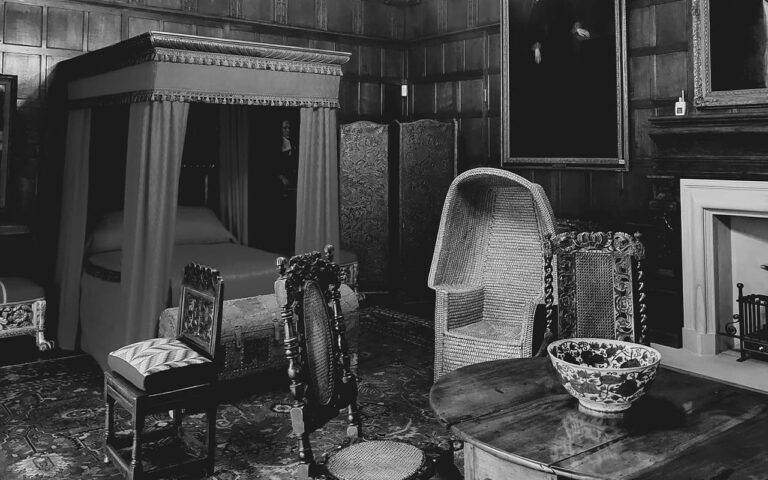Greetings, dear readers! My name is Malissa Morales, and I am pleased to introduce you to my blog dedicated to one of the most fascinating aspects of the cultural heritage of the United States - residences and house museums.

Blog about U.S. residences and house museums
The Douglas M. and Grace Knight House, also known as the Knight House, is a modernist-style mansion in Durham, North Carolina.


Pokiesportal.com is your guide to the best online casino bonus in Australia. They offer insight on which deposit bonus is worth your gambling time and effort.

Get ready to roll the dice and take your chances, because the next big win could be just a spin away! Trust your luck on trusted casino sites and watch your fortunes soar to new heights!

Check out list of the Best online casinos by CasinosAnalyzer! Freshest casinos on the market with top bonuses and great games!

Forget about dull casinos – Zaza Casino offers a fresh perspective on gambling with our unique selection of licensed games from industry leaders!

Looking for non-stop action and endless thrills? Dive into the heart of the action at a casino without a Swedish license with Siru Mobile, and get ready to ride the waves of fortune! Check out the ultimate gaming destination at https://utansvensklicens.casino/siru-mobile-casino-utan-svensk-licens/
The Glass House is a historic house museum on Ponus Ridge Road in New Canaan, Connecticut, built between 1948 and...
The Robert Irwin Howard Museum is located in Callahan County, Texas. It is the type of house-museum where the writer...
The Little White House is a house museum. This house was the retreat of Franklin D. Roosevelt, the 32nd President...